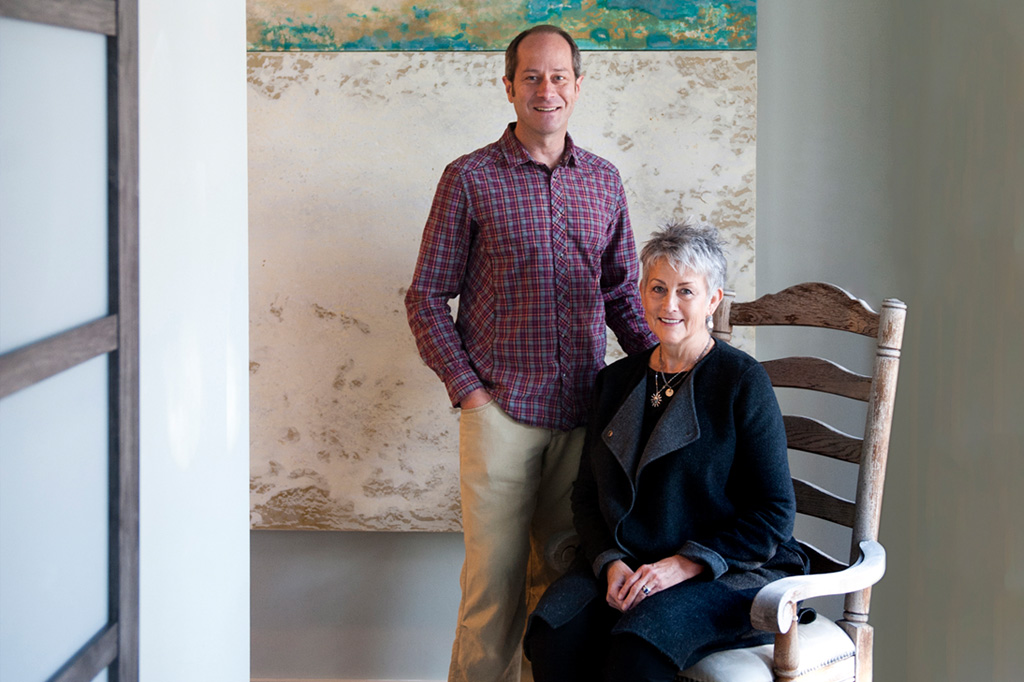It’s hard not to find some source of depression or anxiety these days: from political turmoil, to climate change-induced natural disasters, to rising obesity rates—the list goes on and on. And it’s not just adults, but children, too, who are affected. According to the Anxiety and Depression Association of America, 322 million people worldwide live with depression. The Centers for Disease Control and Prevention states that in 2016, nearly 45,000 Americans age 10 or older died by suicide. To combat this, doctors prescribe antidepressants, therapy, and even electroconvulsive therapy for some.
But an unlikely drug is making waves in the depression community for its ability to alleviate depression: ketamine. The drug is known mainly as an anesthetic and is used as such across the globe. It is also known as the party drug “Special K,” a dissociative that produces a trance-like feeling at low doses and hallucinogenic effects at higher ones. It’s this latter use that creates skepticism that a drug like this should be used medically. Still, the medical community has recently started to embrace the use of psychedelics like MDMA (ecstasy) and psilocybin (magic mushrooms) to treat mood disorders.
Ketamine is no different. In fact, in March 2019, the Food and Drug Administration (FDA) approved a depression treatment based on ketamine, a milestone that is sure to open the gate to more widespread ketamine use for depression.
The Sun Valley Ketamine Clinic is part of the growing movement of clinics opening around the country to serve a community looking for alternative treatments for depression. Opened in May 2019 by Adam and Shanna Angel, the clinic is located in an office that houses other wellness-related businesses, giving the clinic more of a “spa” feeling than the sterile environment of a hospital.
The Angels moved to Sun Valley from Washington state in search of better school and skiing options for their daughter. Shanna—a certified registered nurse anesthetist with over 30 years anesthesia experience as well as a member of the American Society of Ketamine Physicians—performs all of the ketamine infusions at the clinic. Adam, a former international mountain guide, photographer, and gallery owner, works full-time managing the practice. Shanna still spends half her time working at a hospital in Washington.
Bringing a ketamine clinic to Sun Valley might be seen as too progressive or possibly controversial, but the Angels feel there is a need here. “There’s an incredible need for treatment in almost every place,” said Shanna. “Everywhere has depression and anxious people. Once I started doing ketamine infusions at the hospital in Washington, I saw the most incredible results with depressed patients. After three or four treatments, their depression was gone.”
As in most ketamine clinics, an initial course of six treatments or infusions is standard; at the Sun Valley Ketamine Clinic these six sessions take place over 12 days. Many clinics will only see patients who have tried every other course of depression treatment. Ketamine is typically used for those who are “treatment resistant.” Shanna requires a referral from a mental health provider, primary care physician, or psychiatrist, as well as a medical diagnosis.
“I’m not a fan of antidepressants, so if patients have only tried one, that’s fine,” noted Shanna. “I think people should have treatment and not have to go the conventional way. If they have a medical diagnosis, I’m willing to treat them.”
The clinic itself is a small room with a cozy chair for the patient. Shanna monitors the patient during the 40-minute infusion. The appointments are two hours long to give patients time to relax and “come out of it” for 30 minutes or so after the infusion ends. Patients are monitored via EKG, blood pressure cuff, and a blood oxygen saturation monitor. The lights are turned down and noise-cancelling headphones are provided for blocking out all sound. Alternatively, patients are encouraged to listen to instrumental, calming music. Both Adam and Shanna stress the importance of “set and setting” for infusions—set referring to your mindset and setting the space you are in.
“I encourage my patients to really work on their mindset before they come in—through meditation, gratitude journals, eating well, being out in nature, and really coming in with the intention of being healed,” Shanna said.
The results can be astounding, with some patients reporting that colors are brighter, food tastes better. One patient of the Sun Valley clinic described the experience as a “million-dollar vacation.” Another patient said, “It’s like lifting the blinds and seeing the light shining through.”
But lest you think it’s a magical cure-all, there are people who simply don’t respond to ketamine’s effects. In addition, the effects of an infusion or a series of them lasts for varying amounts of time for different people. What’s more, it is not intended to be a one-time thing. To continue feeling good, patients will need to get “boosters,” generally every few months.
And then there’s the cost. Ketamine treatment does not come cheap: a single infusion at the Sun Valley Clinic runs $600.
“Cost is a problem,” Shanna observed. “A lot of people simply can’t afford it, and that makes me sad. I wish there were funds to let everybody have a chance to be well, but I also have to make money to run a business. But depression is not just for the wealthy, it hits everywhere.”
The Angels have also been trying to work with medical providers in the area to get more referrals but have found difficulties. “Some providers that we’ve talked to have never even heard of it,” Adam said. “They’re just not ready to bring this in to the scope of possibilities. But we’re riding a wave that’s inevitable.”
Despite the cost, many patients are willing to pay (out of pocket) for ketamine infusions because, simply, it works for them. The Sun Valley Ketamine Clinic may well be part of a new wave in the treatment of depression.


